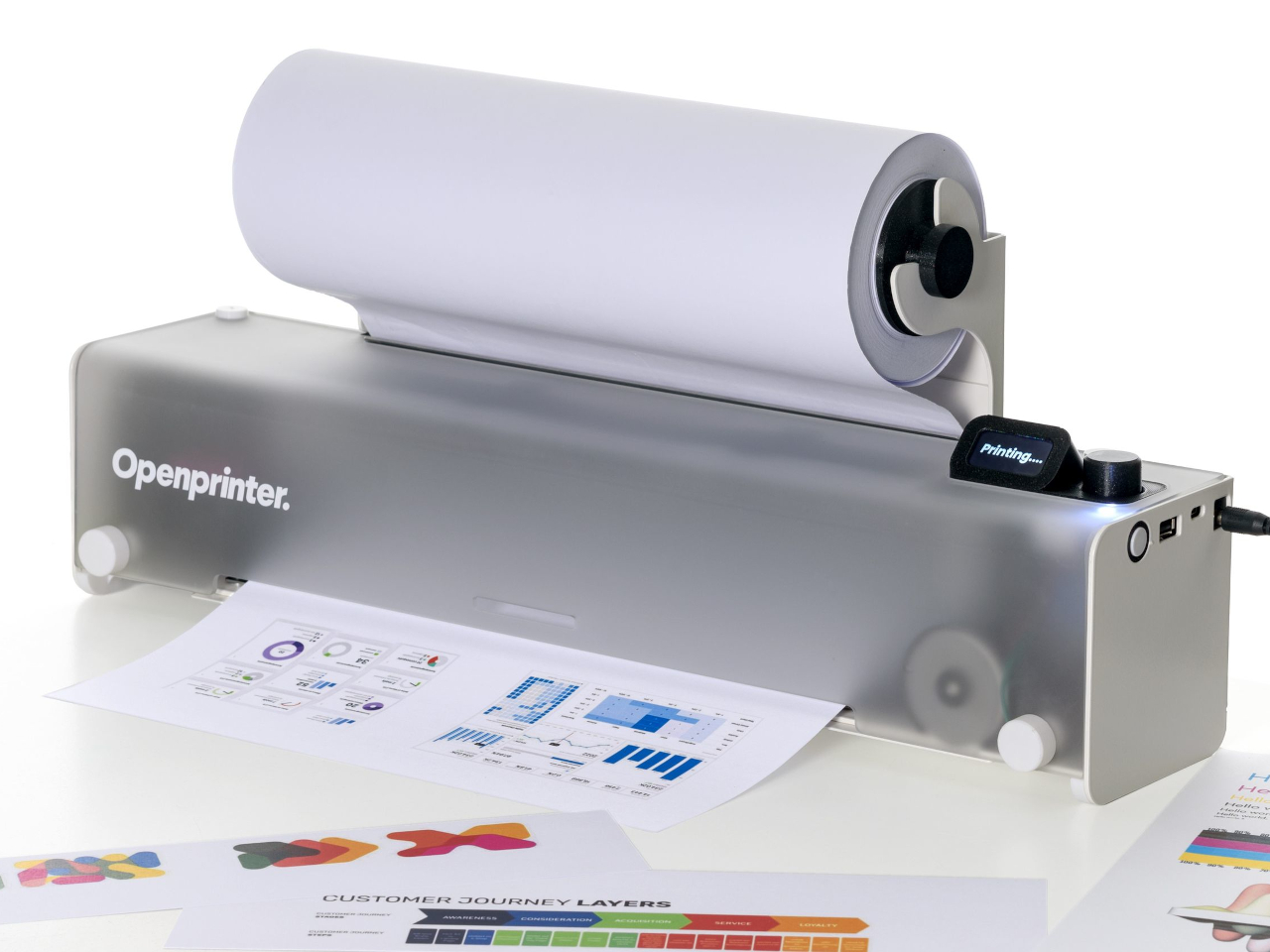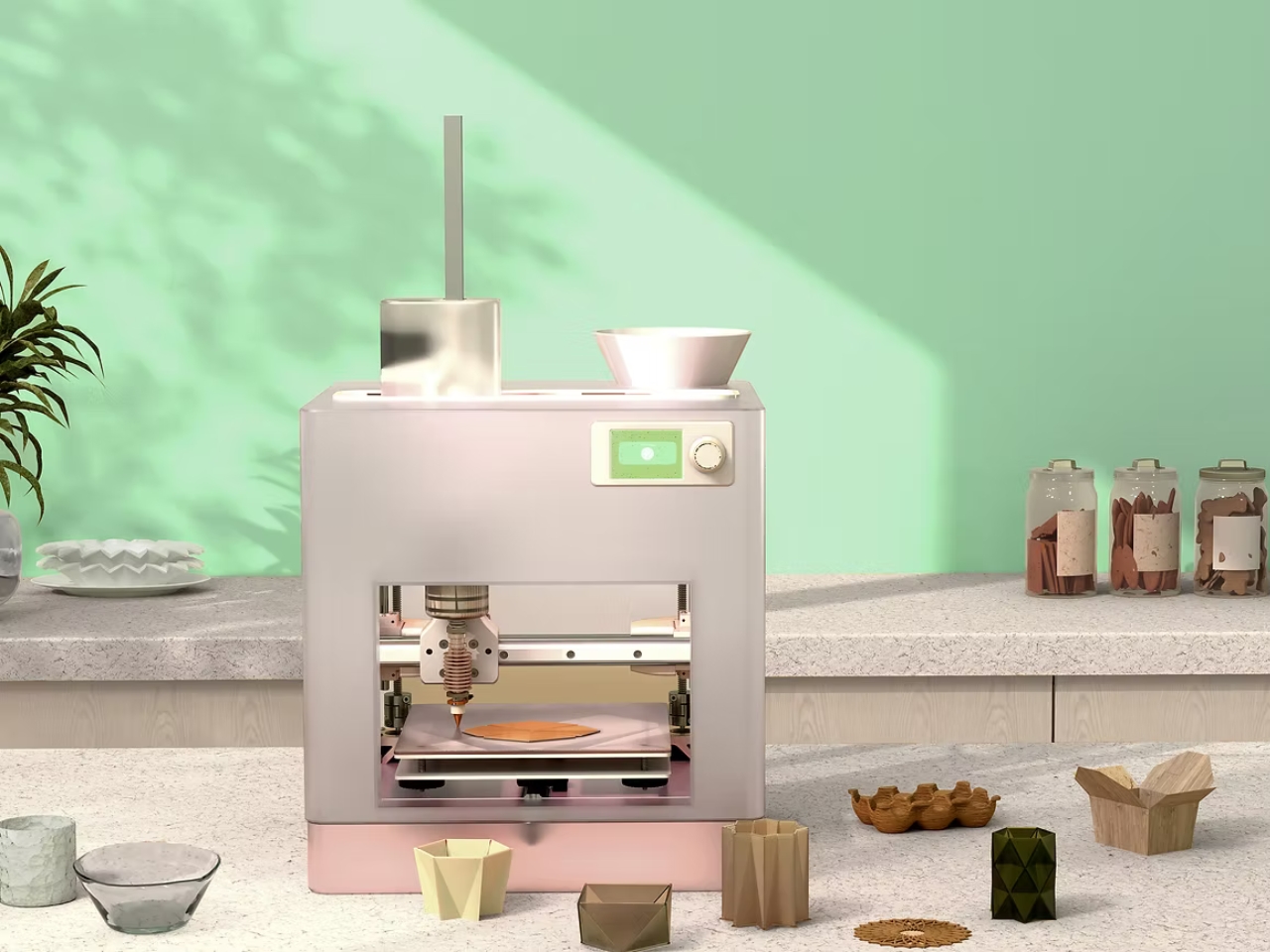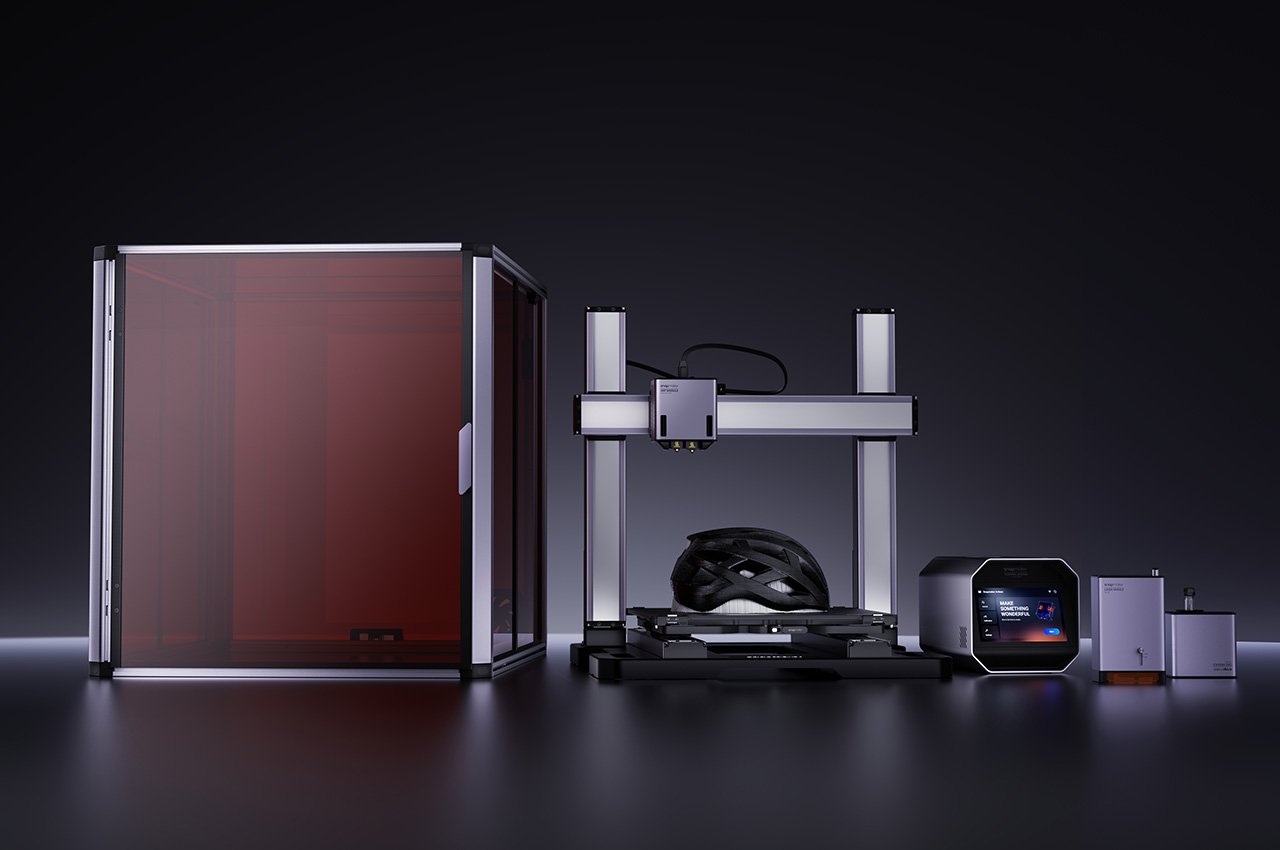Open Printer - L'imprimante jet d'encre 100% Open Source
On connait tous le problème des petites imprimantes pas chères type Canon, HP, Epson…etc. C’est vendu pour une bouchée de pain mais à côté de ça, les cartouches coûtent une couille !! Et on est prisonnier d’un format de cartouches propriétaires avec dessus une puce, qui parfois s’arrange pour bloquer toute impression parce que le niveau d’encre est trop bas alors qu’il en reste dedans de quoi imprimer encore des centaines de feuilles.
Et tout le monde s’en fout !
Tout le monde ? Non, car trois français viennent de dire stop à cette arnaque avec l’Open Printer, une imprimante jet d’encre qui tourne sur Raspberry Pi Zero W et qui fait quelque chose de complètement foufou en 2025 : elle imprime quand vous le voulez, avec l’encre que vous voulez, sans vous bloquer ou exiger un abonnement.
![]()
Léonard Hartmann, Nicolas Schurando et Laurent Berthuel de Open Tools ont créé cette machine incroyable qui n’a pas de puce qui compte vos impressions, pas de cartouche qui se désactive après 6 mois, pas de driver propriétaire qui refuse de fonctionner sous Linux. C’est juste une imprimante qui imprime. Point.
Le truc génial avec l’Open Printer, c’est qu’elle accepte les cartouches HP standard (les modèles black et color) mais sans le DRM qui va avec. Vous pouvez donc les recharger avec n’importe quelle encre, autant de fois que vous voulez !
Et comme sur les vieilles imprimantes matricielles des années 80, cette jet d’encre imprime sur des rouleaux de papier et coupe automatiquement les pages. Ça veut dire que vous pouvez imprimer une liste de courses de 3 mètres, un ticket de caisse personnalisé, ou même une bannière “Joyeux anniversaire” sans vous prendre la tête avec les formats A4. Elle accepte aussi les feuilles classiques (letter, tabloid, A4, A3) pour ceux qui préfèrent.
Techniquement, c’est du solide puisque son Raspberry Pi Zero W fait tourner le cerveau, y’a aussi un microcontrôleur STM32 de STMicroelectronics qui gère la mécanique, et CUPS qui assure la compatibilité avec tous les OS. USB, Wi-Fi, Bluetooth, tout y est. Et il y a même un petit écran de 1,47 pouces avec une molette qui permet de contrôler la bête directement.
Et au lieu de vous vendre une imprimante à 50 balles pour vous saigner sur les cartouches à 40 balles, Open Tools met tout en Creative Commons BY-NC-SA 4.0. Plans, firmware, matériaux, tout est libre, vous pouvez donc modifier, améliorer, réparer cette imprimante éternellement…
![]()
HP continue de verrouiller ses cartouches avec des DRM de plus en plus vicieux , et les autres fabricants suivent le mouvement. Epson propose bien des modèles EcoTank avec réservoirs rechargeables, mais à 230€ minimum et toujours avec leur écosystème propriétaire. L’Open Printer arrive donc pile poil au bon moment pour ceux qui en ont marre de se faire avoir.
La campagne de financement participatif sur Crowd Supply arrive bientôt. On ne connait pas encore le prix, mais vu que c’est basé sur un Raspberry Pi Zero W (environ 15€) et des composants standards, ça devrait rester raisonnable. Et même si c’était plus cher qu’une imprimante classique, au moins vous payez une fois et c’est fini. Pas d’abonnement “Instant Ink”, pas de cartouches qui expirent, pas de mises à jour qui désactivent les fonctions. Vous êtes peinard.
Et pour les makers, c’est Noël avant l’heure. Imaginez les possibilités d’une telle machine pour vos projets !
Alors oui, c’est un projet de niche et il faudra probablement mettre les mains dans le cambouis pour l’assembler. Mais entre payer 40€ tous les deux mois pour des cartouches DRM ou investir une fois dans une machine que vous contrôlez vraiment, le choix est vite fait.
![]()






